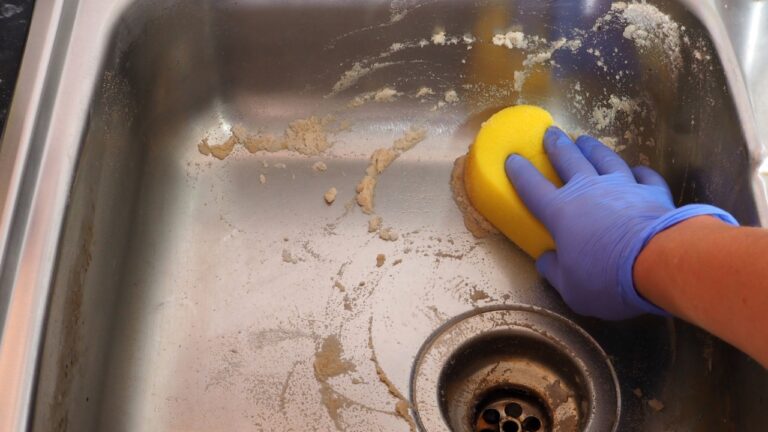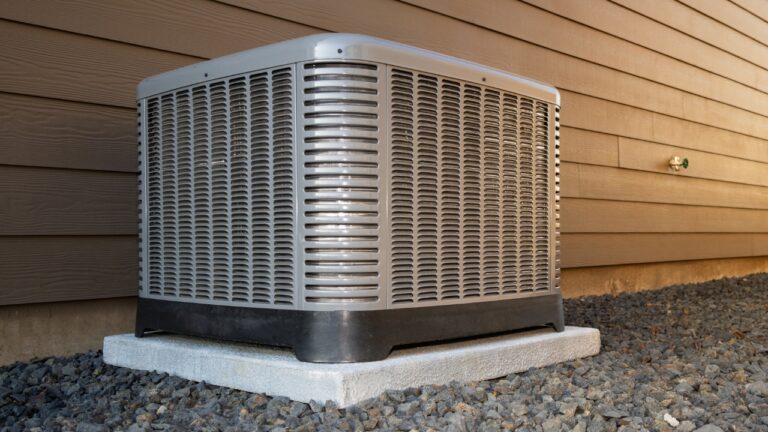The Worst Air Conditioner Myths You’ve Been Believing
We’ve all heard AC advice that sounds reasonable—turn it off when you leave, set it super low to cool faster, close the vents in unused rooms—but a lot of it just isn’t true. I’ve believed a few of these myself, and it wasn’t until the system started running less efficiently (or breaking altogether) that I realized what was actually worth paying attention to.
If your energy bills are high or your house still feels muggy with the AC running, these common myths could be the reason.
Setting the Thermostat Lower Cools Your House Faster

It’s a common assumption, but your AC runs at a steady pace regardless of the temperature you set. Dropping it to 60°F won’t make your house cool down any quicker.
Instead, it just makes the system run longer than necessary, which wastes energy and can make things colder than you intended. Set it where you actually want it to land, and give it time to get there.
You Don’t Need to Change the Filter That Often

Ignoring your air filter is one of the fastest ways to mess with your AC’s performance. A clogged filter restricts airflow, which makes the system work harder and less efficiently.
Most homes need a new filter every 1–3 months, depending on pets, dust, and usage. If you’re not checking it regularly, you’re likely hurting your system without even realizing it.
Bigger Units Always Work Better

An oversized AC unit might cool the space quickly, but it won’t run long enough to properly remove humidity. That leaves you with a cold, clammy room instead of a comfortable one.
The right size unit will cool steadily, manage humidity, and cycle on and off in a way that protects your system and your energy bill. Bigger isn’t always better—it’s about balance.
Turning the System Off When You Leave Saves the Most Energy

It might seem logical to shut the AC off entirely when you leave, but that makes it work harder when you turn it back on—especially in extreme heat.
Instead, set it a few degrees higher while you’re out. That keeps the temperature from swinging too far and helps maintain indoor humidity without overworking the unit later.
Fans Cool the Room, So Use Them With the AC
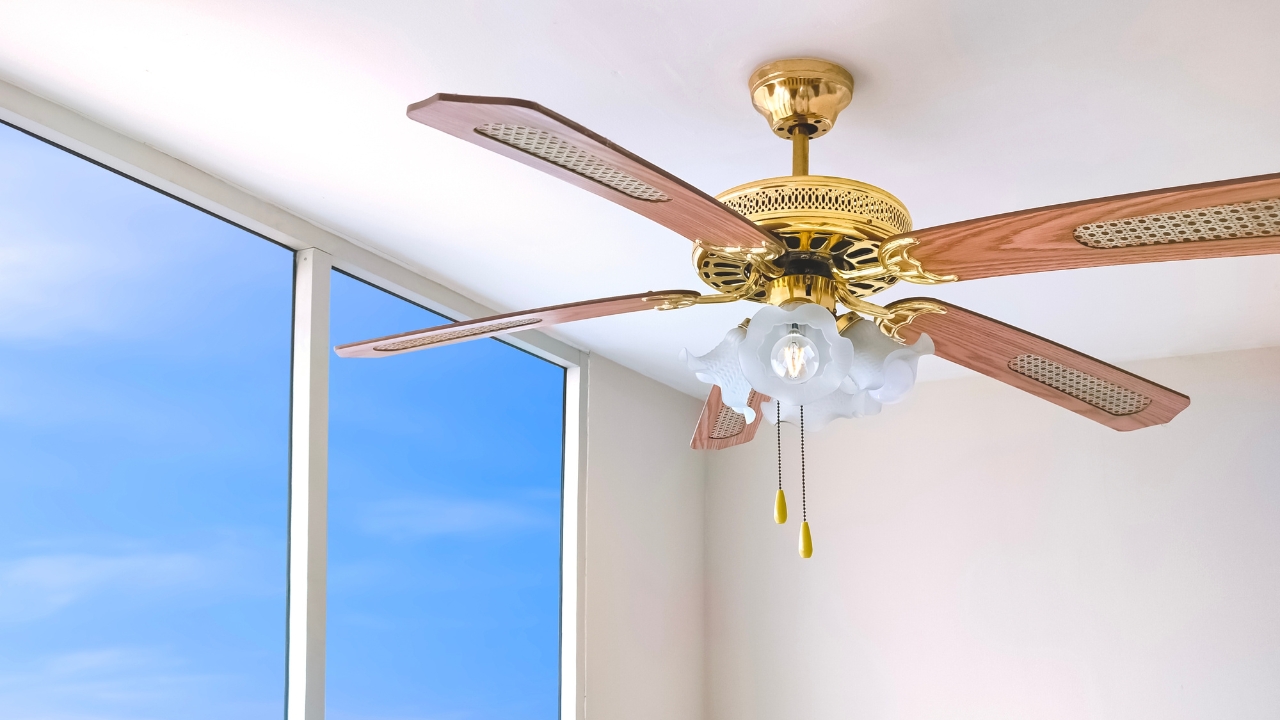
Ceiling fans move air around, but they don’t actually lower the room temperature. They cool people, not spaces.
Fans can help you feel cooler and allow you to bump the thermostat up a bit—but they only work when someone’s in the room. Leaving them on when the room is empty just wastes electricity.
You Don’t Need Annual Maintenance
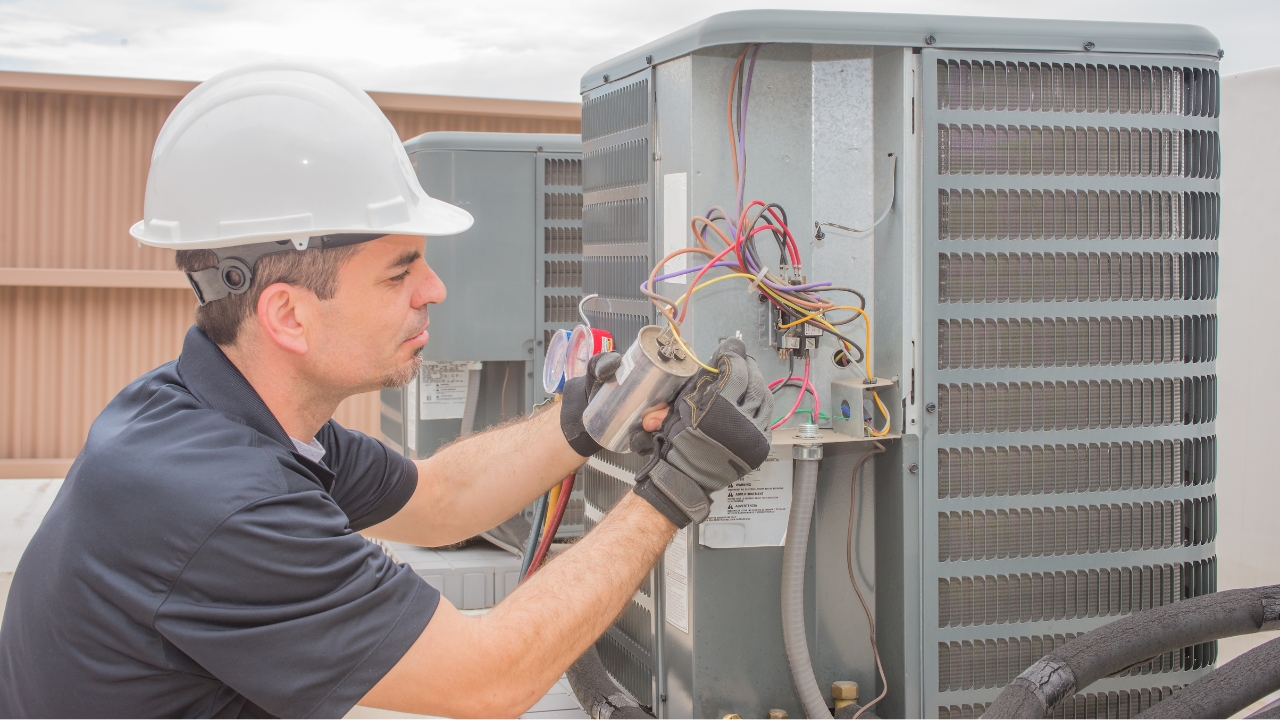
Even if your AC seems fine, skipping yearly maintenance is asking for trouble. Small issues can build up over time and lead to bigger, more expensive problems down the line.
A yearly checkup keeps things clean, catches wear early, and helps the system run more efficiently. It also extends the life of your unit—so it’s worth the appointment.
Closing Vents in Unused Rooms Saves Energy
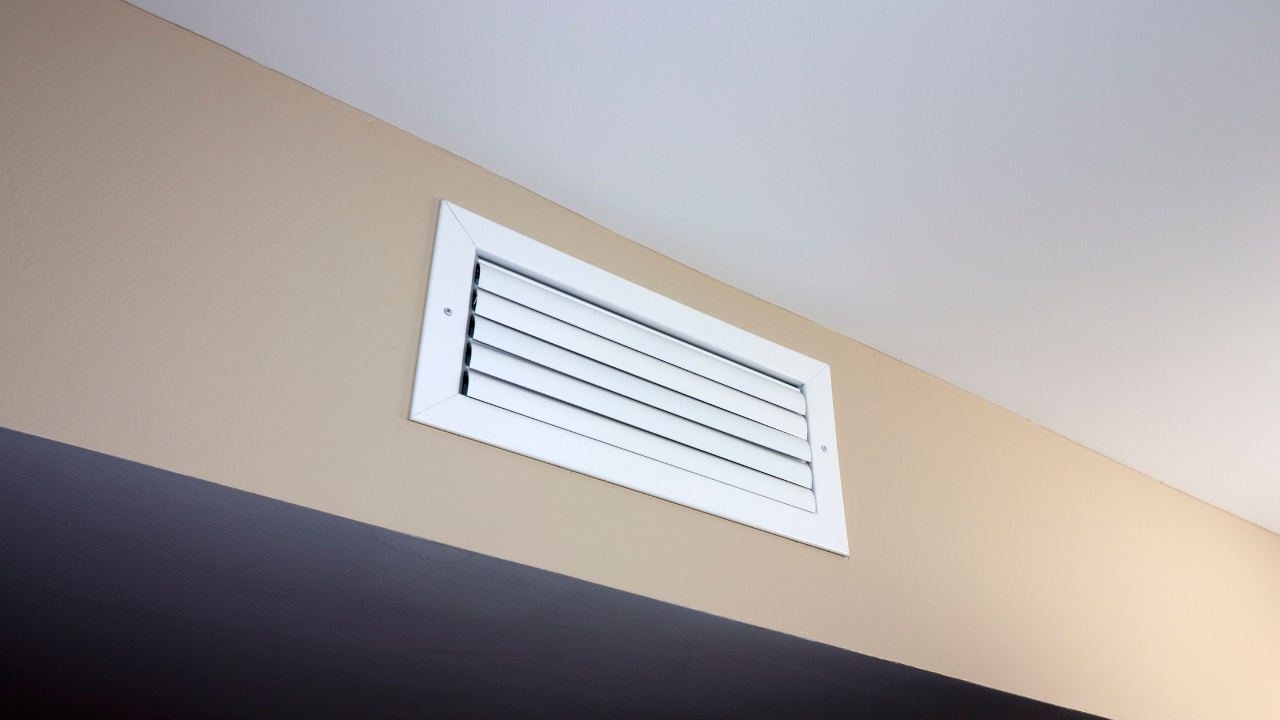
Shutting vents might seem like a good way to redirect air where you want it, but it actually throws off your system’s balance and pressure.
Modern systems are designed for a set airflow. Blocking vents can increase duct pressure, which strains the blower and can lead to leaks or breakdowns. It’s better to leave them open.
You Can Put the Thermostat Anywhere
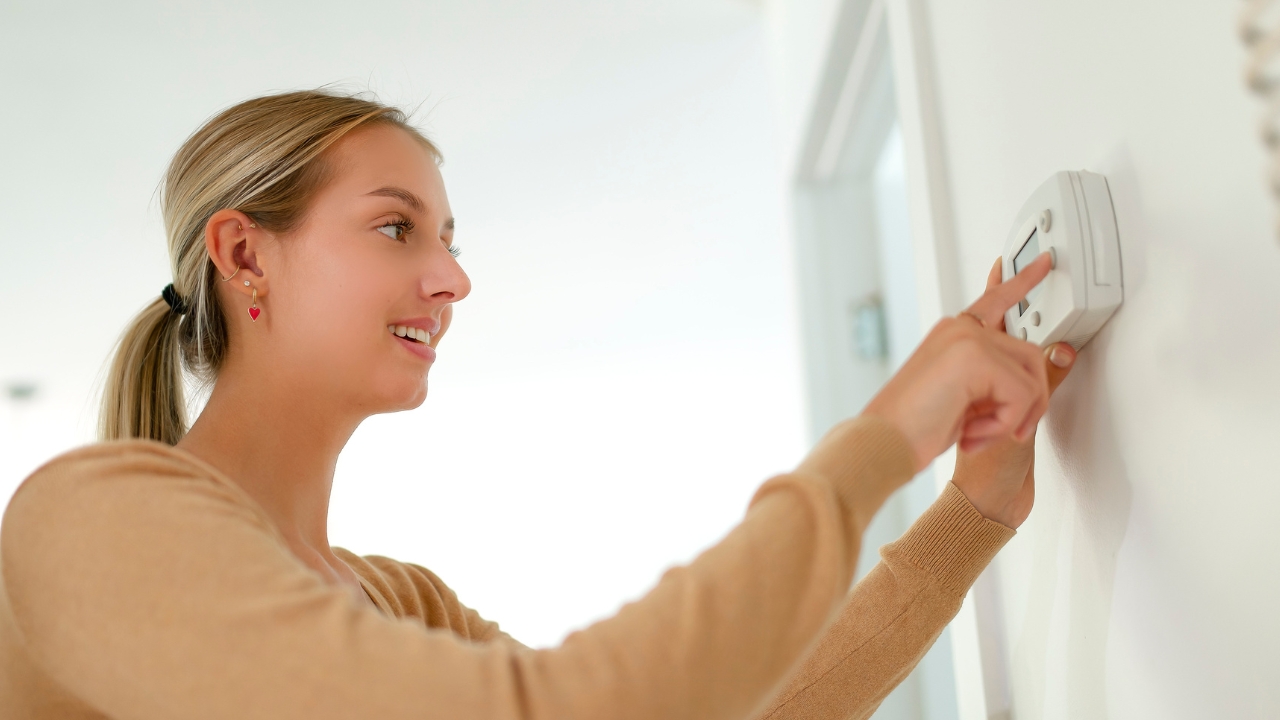
Thermostat placement matters more than most people realize. If it’s near a window, vent, or appliance that puts out heat, it’ll throw off your whole system.
Your thermostat should be on an interior wall, away from direct sun and drafts, at eye level. Otherwise, it might constantly misread the temperature and cool when it doesn’t need to.
Lowering the Temperature Helps Dehumidify More
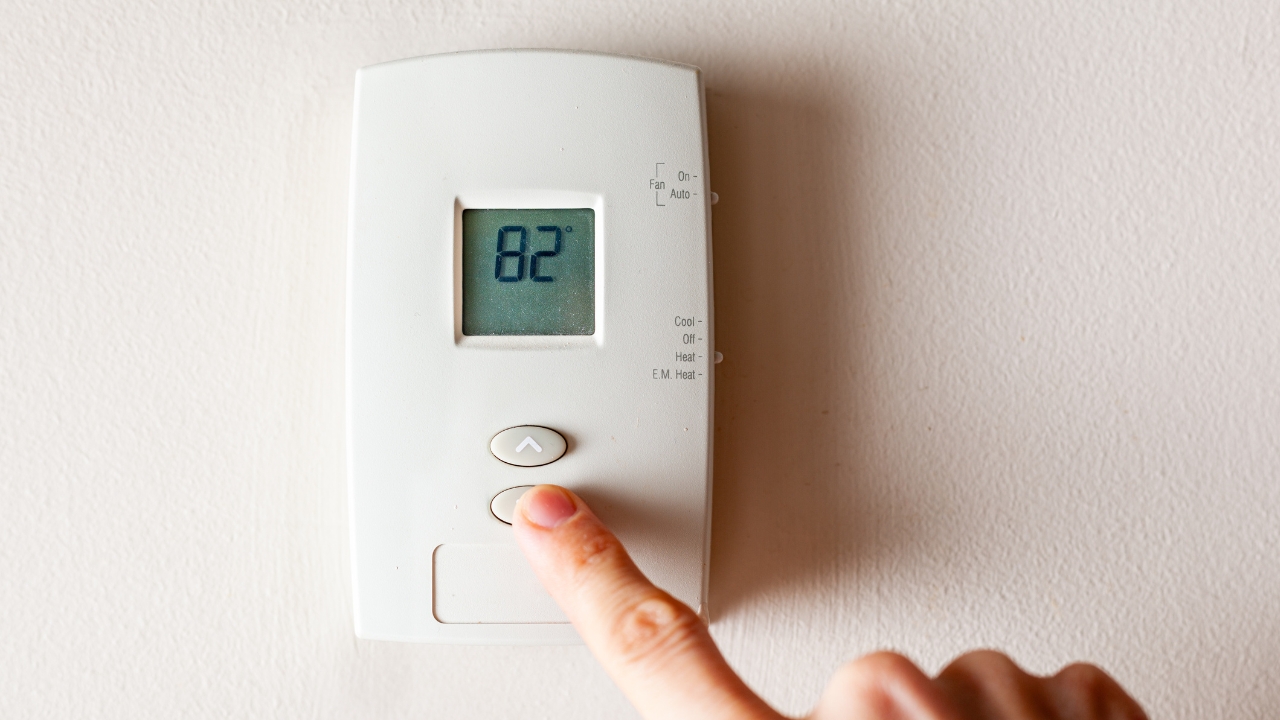
Your AC naturally removes some humidity while it cools, but cranking the temp lower doesn’t automatically remove more moisture—it just makes the air colder.
If you live in a humid climate, a dehumidifier might be a better option for comfort and system efficiency. Your AC does both jobs, but only up to a point.
Energy-Efficient Units Don’t Need as Much Maintenance

High-efficiency systems still need regular care. In fact, because they’re designed to run tighter and more precisely, skipping maintenance can affect them even faster.
Keep up with filter changes, cleanings, and yearly checkups to make sure all that energy-saving design actually pays off long term.
It Doesn’t Matter Where the Outdoor Unit Goes

Your outdoor condenser needs room to breathe. If it’s crammed into a corner, surrounded by shrubs, or sitting under a dripping gutter, it won’t run efficiently.
Make sure there’s at least 2 feet of clearance on all sides and nothing blocking the airflow. Clean the area regularly to keep leaves, dirt, and debris from clogging it up.
Running the AC All Day Costs Too Much
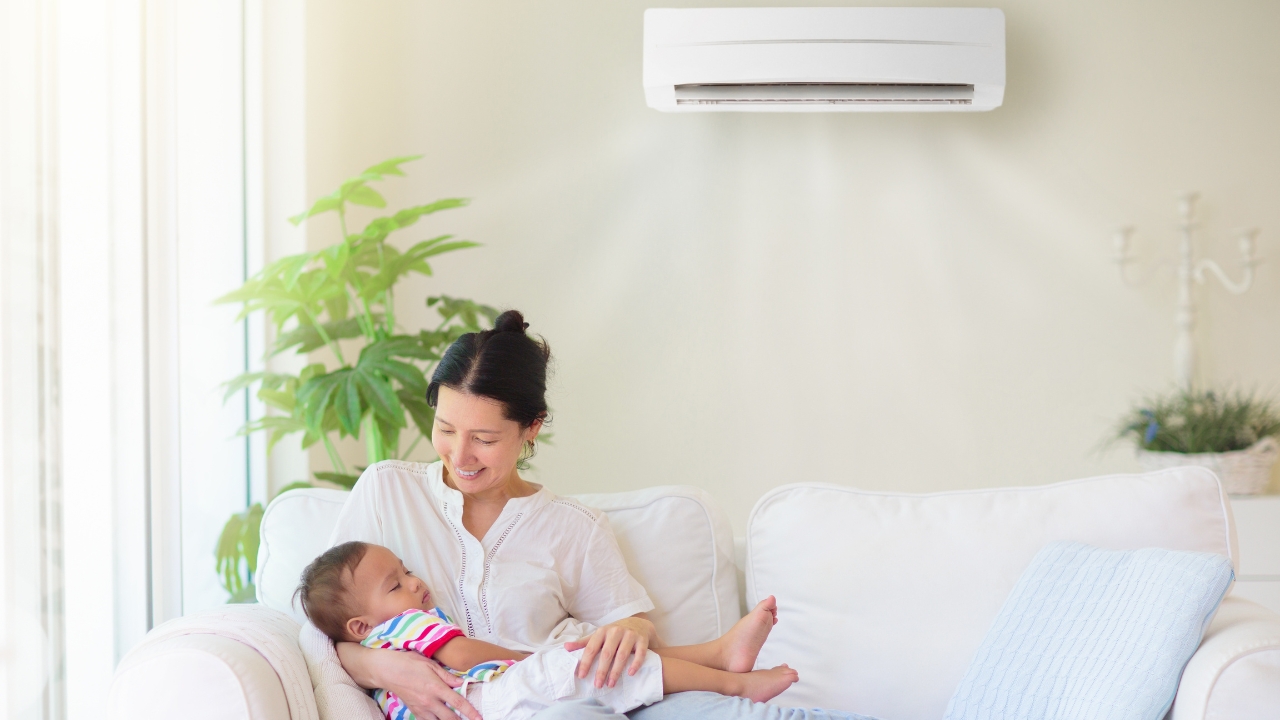
Letting your AC cycle throughout the day can actually be more efficient than forcing it to cool a hot house all at once later. Constantly turning it off and on uses more energy than you think.
Use a programmable thermostat to adjust temps while you’re out, then return to your comfort setting before you get home. It balances comfort and cost without overworking the system.
*This article was developed with AI-powered tools and has been carefully reviewed by our editors.



